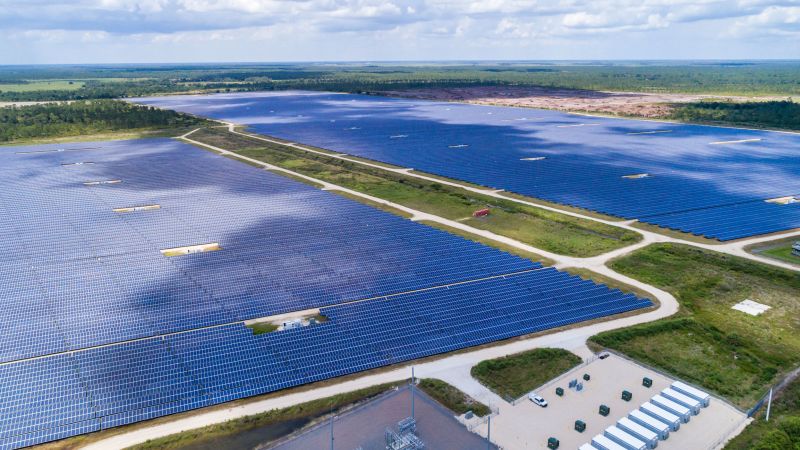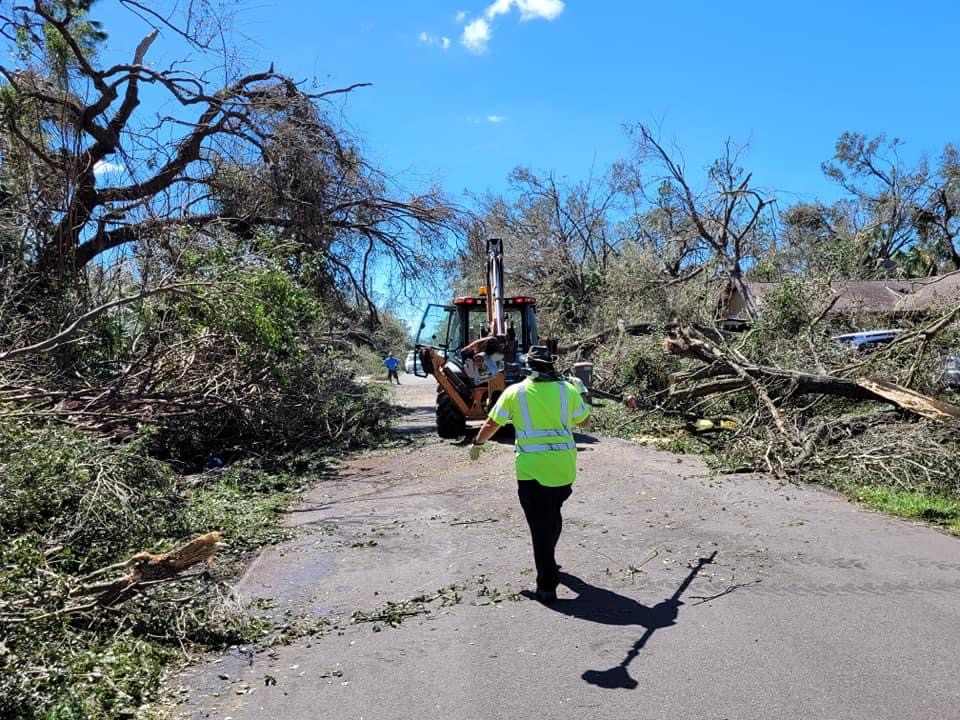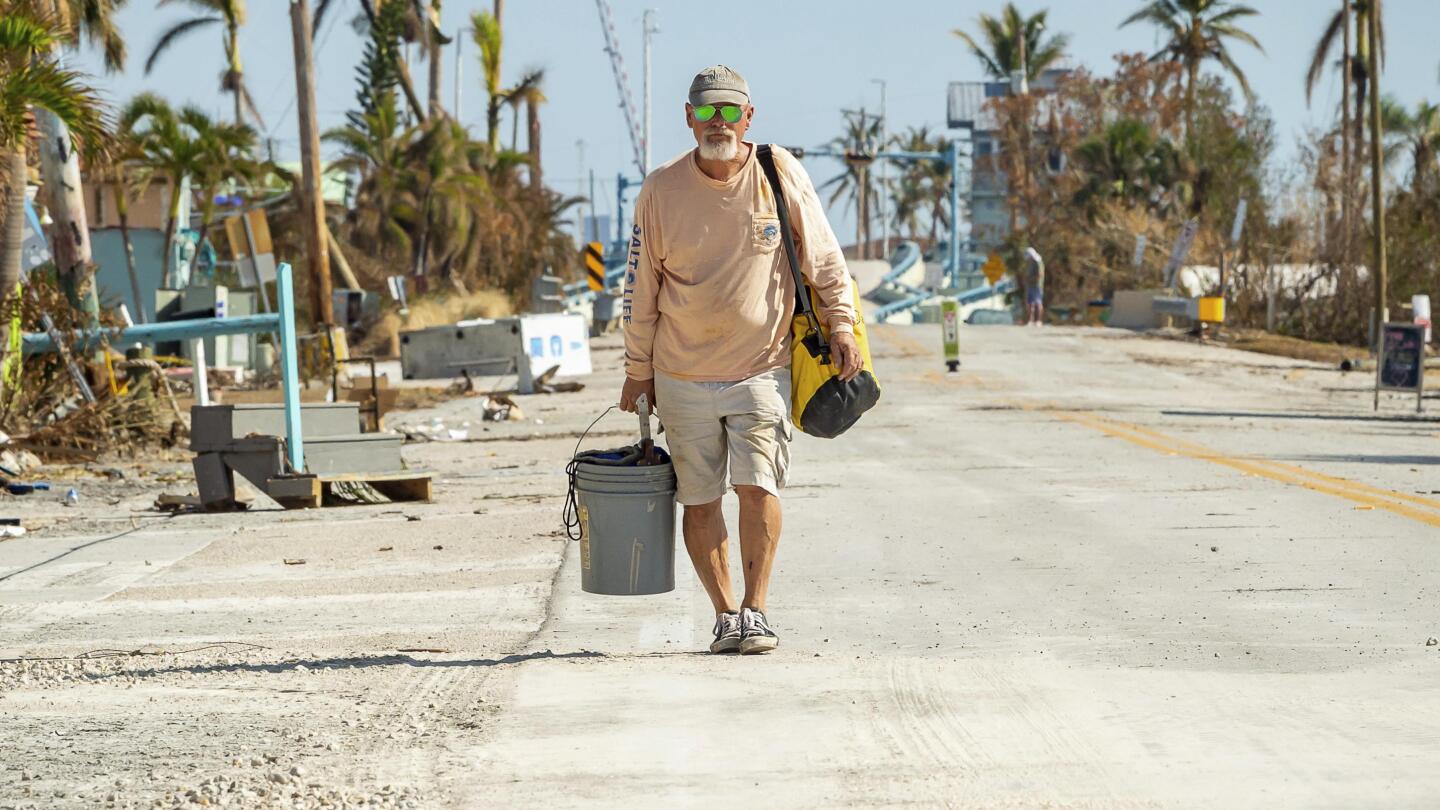Solar, underground utilities, streets designed to drain, plantings to soak up the water, etc. were all part of the comprehensive planning that went into this experimental community. And they just had their first success.
Solar was a key part of making the community resilient. So was running all utilities underground. It kept them powered. It kept the lights on and well pumps going so that they have water. It kept refrigeration going so that food didn't spoil. That is a big difference from the entire surrounding area, many of which are still in the dark and have no running water, and are eating MREs because the stores have no power. That is a major contrast.
They will be dealing with issue with their solar arrays/roofs for months to come. A house twisting and panels being subjected to hurricane force winds, even with the proper installations, will create many micro gaps that will need to be addressed. Panels will fail either in whole or in part as they can only take so much of a beating. Panel efficiency goes down as panels are flexed, I know this as it was my job to test panels, and cells under both weather conditions and physical conditions. The overall impact could be minicule, or the array could look fantastic yet still have many issues to be addressed.
Underground utilities are the best idea they could have done. What modern development DOESNT use underground utilities though? I dont have a telephone pole anywhere near me within miles. But in the end, if the storm is bad enough - it doesnt matter. Most underground utilities get their feed source from above ground.
Plants cannot soak up that much water. Not 12" of rain plus storm surge if they had any. Sure they soak up a tiny amount, and then another tiny amount over time. The mulch beds those plants may reside in, likely worked to soak up a significant amount more than the plants ever could in the span of a week. I installed a large gray water system, and put plants in the cavity along with 2' of mulch (or more), and the plants LOVE it. Prior to the plants, my drainage rate was about the same. Within 2%.
Streets in florida draining, have to go somewhere. They dont have many places to go. When you are talking about storm surge, it wouldnt matter if the streets are 50' above the ground. Unless they had pumps pumping the water the next state over, it doesnt matter.
Edit: I just read the article. If the hurricane hit that array, it would have been pulverized. As someone else pointed out, this isnt some magical win because ...solar. That array is ugly, takes up a ton of space that should have otherwise been placed on useless roof space IMO. The upkeep and cost of that array has to be outstanding as well. It likely requires two fulltime people working on this, not to mention cost of materials etc. Im a big fan of solar, but unfortunately our world today we are surrounded by absolutists. Something is absolutely bad or absolutely good , never in between where reality usually is. There are major drawbacks to how they designed this and major perks. Obviously they are harnessing the suns energy for power, and likely putting back into the grid with an array of that size even with 2000 homes pulling from it. But they are extremely vulnerable as well, as all 'their eggs are in one basket'.
People also probably failed to read/understand that these homes are tied to the grid. They are getting their power from the grid.

 www.cnn.com
www.cnn.com





